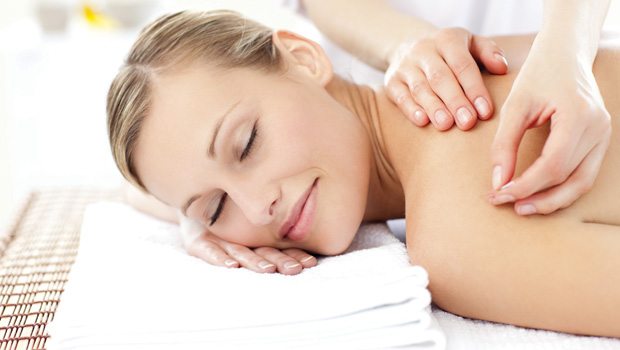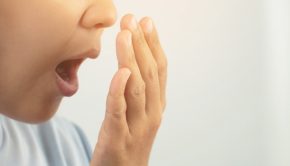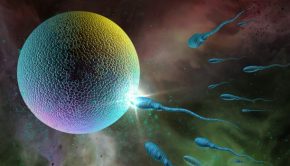Medical Acupuncture
Acupuncture is a method of encouraging the body to promote natural healing and improve functioning. This is done by inserting very thin needles, or a cool laser, at precise acupuncture points. It is used to relieve pain, treat a wide range of illnesses and promote health.
Acupuncture is a very old medical art, and there are many approaches to learning and practicing it. Medical acupuncture performed by a doctor trained and licensed in Western medicine that has also had training in acupuncture as a specialty practice. Such a doctor can use either approach, or both to treat illness.
Medical acupuncture is a system, which can influence three areas of health care: promotion of health and well-being, prevention of illness and treatment of various medical conditions. While acupuncture is often associated with pain control, in the hands of a well-trained practitioner it has much broader applications. Acupuncture can be effective as the only treatment used, or as a support or adjunct to other medical treatment forms in many medical and surgical disorders.
The World Health Organization recognizes the use of acupuncture in the treatment of a wide range of medical problems, including digestive disorders, such as gastritis and hyperacidity, spastic colon, constipation and diarrhea; respiratory disorders, such as sinusitis, sore throat, bronchitis, asthma and recurrent chest infections; neurological and muscular disorders, such as headaches, facial tics, neck pain, rib neuritis, frozen shoulder, tennis elbow, tendonitis, low back pain, sciatica and osteoarthritis; and urinary, menstrual and reproductive problems. Acupuncture is particular useful in resolving physical problems related to tension and stress and emotional conditions.
How does acupuncture work? The classical Chinese explanation is that channels of energy run in regular patterns through and over the surface of the body. These energy channels, called meridians, are like rivers flowing through the body to irrigate and nourish the tissues. An obstruction in the movement of these energy rivers is like a dam that backs up the flow in one part of the body and restricts it in others. The meridians can be influenced by needling the acupuncture points, which unblocks the obstructions at the dams and reestablishes regular flow through the meridians. Acupuncture therefore can help the internal organs correct imbalances in their digestion, absorption and energy production activities and circulation of their energy through the meridians.
The modern scientific explanation is that needling the acupuncture points stimulates the nervous system to release chemicals in the muscles, spinal cord and brain. These chemicals will either change the experience of pain or they will trigger the release of other chemicals and hormones, which influence the body’s own internal regulating system. The improved energy and biochemical balance produced by acupuncture results in stimulating the body’s natural healing abilities and in promoting physical and emotional well-being.
The number of treatments needed differs from person to person. For complex or long-standing conditions, one or two treatments per week for several months may be recommended. For acute problems, usually fewer visits are required, and for health maintenance, four sessions a year may be all that is necessary.
Usually there are no side effects. As energy is redirected in the body, internal chemicals and hormones are stimulated and healing begins to take place. Occasionally, the original symptoms worsen for a few days, or changes in appetite, sleep, bowel or urination patterns or emotional state may be triggered. These should not cause concern, as they are simply indications that the acupuncture is starting to work.
It is quite common with the first one or two treatments to have a sensation of deep relaxation or even mild disorientation immediately afterward. These pass quickly and never require anything more than a bit of rest to overcome.
Regarding acupuncture needling, people experience it differently. Most feel only minimal pain as the needles are inserted; some feel none at all. Once the needles are in place, there is no pain. The stainless steel needles are very thin and solid, with a smooth point that causes less discomfort than having an injection or blood drawn. The risk of bruising and irritation is less than that caused by a hollow needle. Furthermore, because doctors use disposable needles, there is no risk of infection.
Acupuncture really works. In the past 2,000 years, more people have been successfully treated with acupuncture than with all other health modalities combined. Today, acupuncture is practiced in Asia, the Soviet Union and Europe, and its use by American physicians is growing.
Acupuncture treatments can be given simultaneously with other approaches, such as conventional Western medicine, osteopathic or chiropractic adjustments, and homeopathic or naturopathic prescriptions. When seeking medical acupuncture, however, it is important that the patient share with the physician all of the treatments being applied, so that the acupuncture treatments are as effective as possible.





























